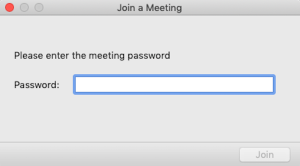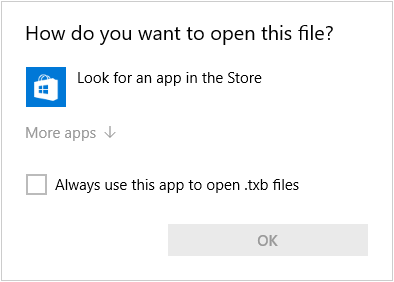I published the following diary on isc.sans.edu: “Collecting IOCs from IMAP Folder“: I’ve plenty of subscriptions to “cyber security” mailing lists that generate a lot of traffic. Even if we try to get rid of emails, that’s a fact: email remains a key communication channel. Some mailing lists posts contain


